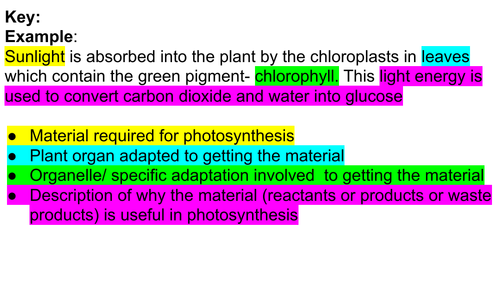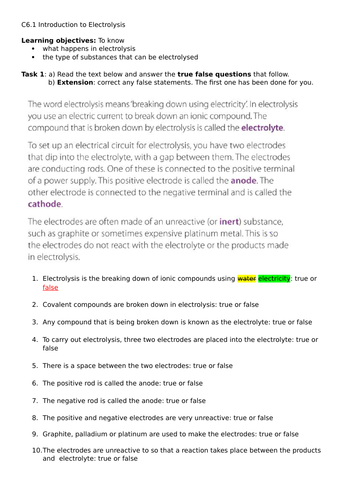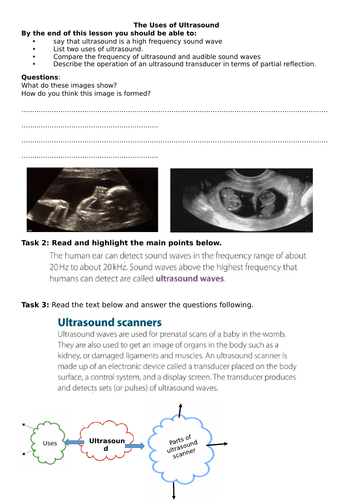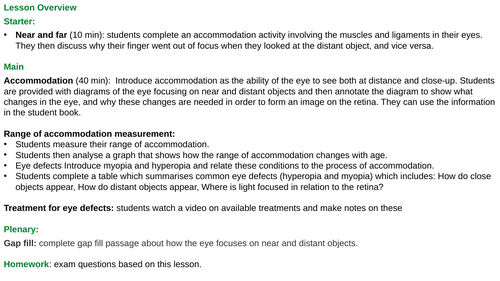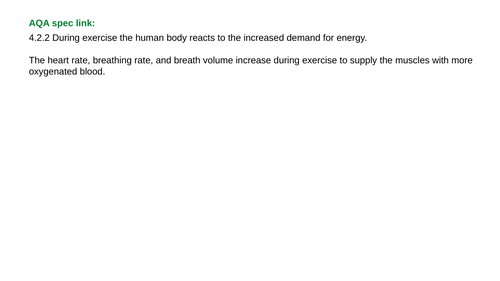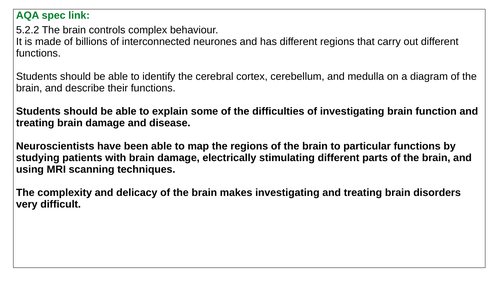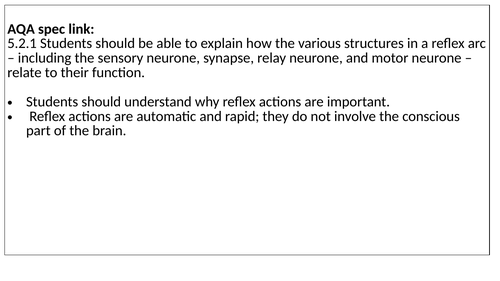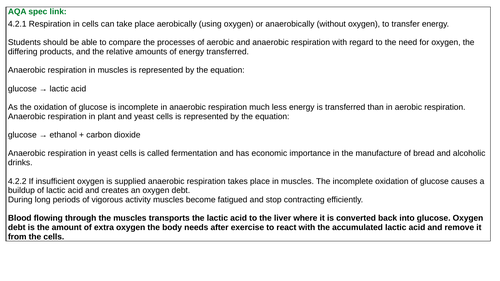Millington's Lessons
Hello all! Do you want to enjoy your half term by planning less? Well come take a peak at my resources like vaccinations, antibiotics and painkillers, specific heat capacity, transport of substances in living cells (e.g. osmosis). Mark schemes are ready to print as are worksheets and exam questions! So don't waste another minute pop in, click and pick... a resource and enjoy the rest of your half term doing the things you deserve!







